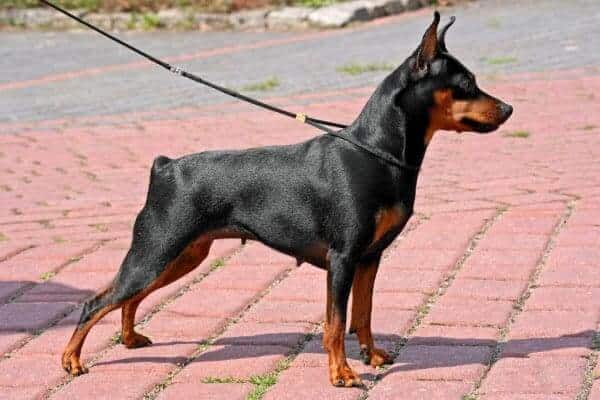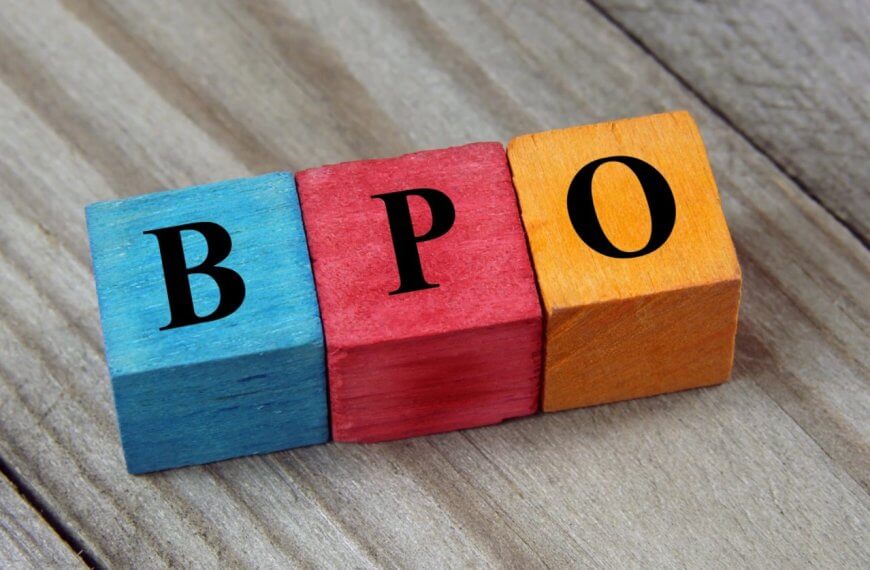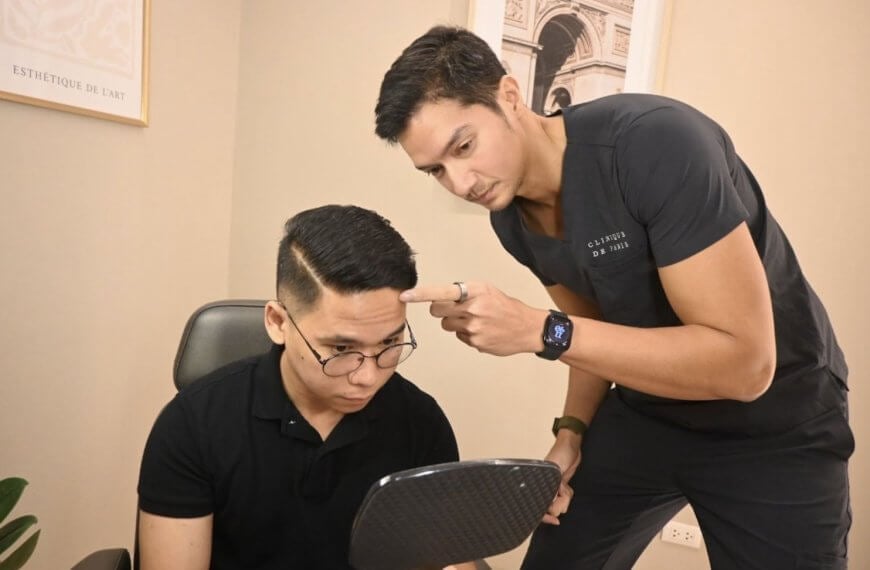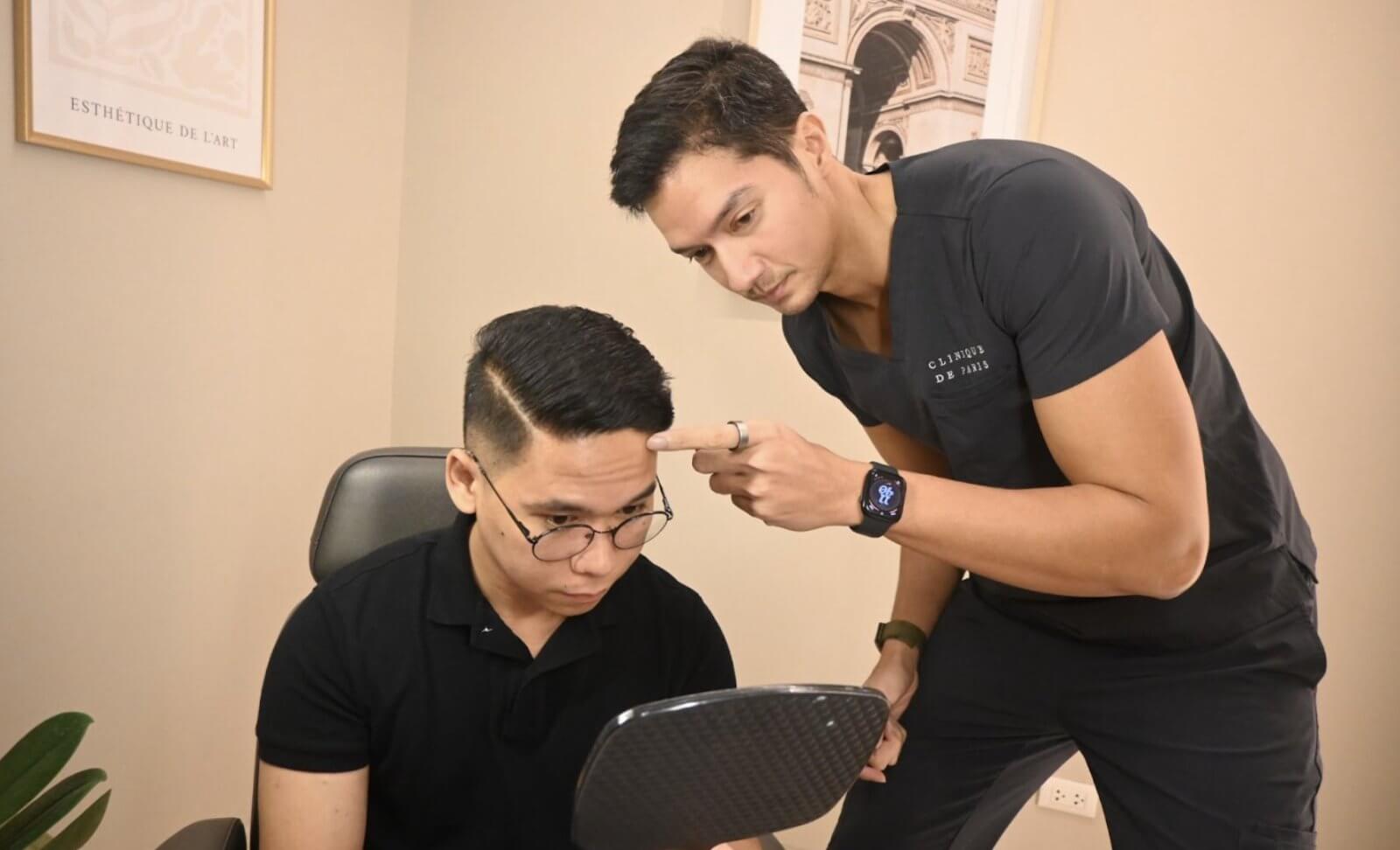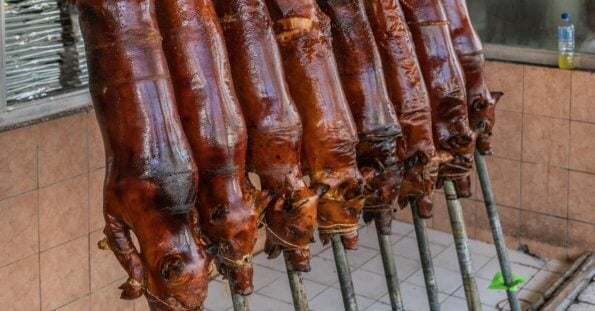The Miniature Pinscher, also known as the MiniPin, MinPin, or (for those who reallly know) the Zwergpinscher, is a small, companion breed of dog that originated from Germany. Its earliest ancestors may have included the German Pinscher mixed with Italian greyhounds and dachshunds.
Originally bred to hunt rats in houses and stables, the MiniPin is called “Zwergpinscher” in Germany. “Pinscher” actually refers to dogs who were bred as guardians, or to hunt rats. “Zwerg,” on the other hand, means dwarf or midget. Many people actually think that the MiniPin was developed by progressively breeding smaller Dobermans. But even though the MiniPin does look like a pint-sized version of the Doberman, they actually come from completely separate breeds.
The MiniPin is a fearless, energetic, and alert dog who enjoys the company of his family, and can be fiercely protective of them (ergo, a good guard dog). Known also as the “King of Toys,” he looks very regal with his arched neck, broad shoulders, and muscled body, with a tough, self-assured attitude that belies his small size. He’s a sturdy dog with a dynamite personality, so unless you’re willing to let him run your household, owning a MiniPin means you’re going to have to establish yourself as the strong (but kind!) pack leader early on.
My own MiniPin, Puggly, is blur of boundless, curious energy, sometimes racing through the house as he investigates a new noise or senses a guest at the door. When I first got Puggly, I wondered if he was related to a mountain goat because I would often find him standing on top of a table or the daybed, surveying the entire house like he owned it. He’s also an escape artist (as most MiniPins are known to be) who’s made me chase him down 3 flights of stairs when he darted out one time I absentmindedly answered a knock on our door. He astounds me how he manages to get through tight spots I never imagined he’d fit into. I’ve had to be very creative keeping him contained.
All said, he’s a very good dog for condo or apartment dwellers. If introduced young enough to other pets, he’ll get along with them just fine. However, his small size and his big attitude, coupled with his abundant energy and boundless curiousity, might make him more challenging for smaller children to handle, so you’ll have to keep watch them when they’re at play.
General Description:
- Dog Breed: Companion dog
- Height: 10-12 inches at the shoulder
- Weight: 5-5 kg (8-11 lbs)
- Colors: Red, Stag Red, Chocolate & Rust, Black & Rust, Black & Tan, Chocolate & Tan
- Lifespan: 10-15 years
- Hypoallergenic: No
- Temperament: Clever, Energetic, Responsive, Outgoing, Friendly, Playful
Rated high:
- Adapts well to apartment living
- Sensitivity
- Affectionate with family
- Easy to groom
- Potential for weight gain
- Wanderlust potential
- Potential for playfulness
Rated low:
- Tolerance for cold weather
- Drooling potential
- Tendency to bark or howl
Caring for the MiniPin:
- The Mini Pin is sensitive to cold because he doesn’t have a lot of fur. Have him wear a doggie sweater in cold rooms or during cold weather.
- Because they were originally bred to hunt rats, Mini Pins may “attack” small objects (such as toys or bottle caps), which can be a choking hazard. (Puggly has freaked me out with his gagging on something he shouldn’t have been eating in the first place!) So just as you’d do for a crawling baby or a toddler, make sure small objects are not within the Mini Pin’s reach.
- You have to supervise your Mini Pin constantly because they have more energy and curiousity than you. If you don’t want him getting somewhere he’s not meant to, look for any hole or opening that your hand can fit through. Make sure that it’s securely closed or shut because somehow your Mini Pin will find a way through it. Make sure all doors and windows, and their screens, are sturdy and secure.
- They’re tough dogs, but they can be easily injured during rough play due to their small size. Because of this, they’re better suited as pets for older children who have learned how to care for a dog properly.
- You must establish firm leadership with the Mini Pin. Because he really feels that he’s the king, the Mini Pin tends to quickly get the upper hand if you don’t show him that you’re the pack leader.
